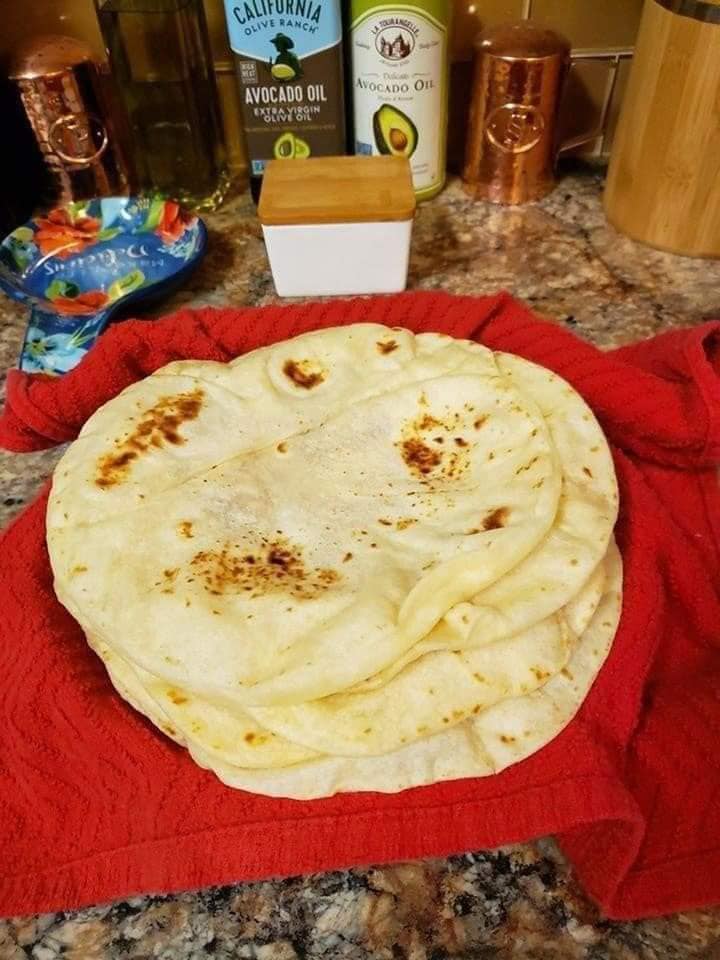A tortillon, also known as a blending stump, is a cylindrical tool made from tightly rolled paper, used primarily in drawing and sketching. It’s a versatile instrument that artists use to blend and smudge graphite, charcoal, or pastel, creating smooth transitions between tones and softening lines for a more realistic and textured effect.
How to Use a Tortillon:
- Blending:
- Technique: Use the tip or side of the tortillon to gently rub over areas of your drawing where you want to blend or smooth out the medium. This can soften harsh lines, blend shading, and create gradients.
- Application: For example, when shading a portrait, use the tortillon to smooth the graphite on the skin areas, giving it a more lifelike appearance.
- Creating Soft Shadows:
- Technique: Press the tortillon lightly on the paper and move it in small, circular motions to blend out the medium, creating soft shadows and transitions.
- Application: This is particularly useful for creating the illusion of depth, such as in the folds of fabric or the contours of a face.
- Cleaning and Sharpening:
- Technique: Clean your tortillon by rubbing it on a clean sheet of paper to remove excess graphite or charcoal. If the tip becomes dull or too dirty, you can sharpen it by unwinding the paper slightly or using sandpaper.
- Application: Keeping your tortillon clean and sharp allows for more precise blending and prevents unintended smudges.
- Texturing:
- Technique: Use the tortillon to create texture by pressing it more firmly in some areas and lightly in others. This can simulate the appearance of rough surfaces or subtle textures.
- Application: When drawing hair, fur, or rough surfaces like wood, a tortillon can help achieve a more textured, realistic look.
When to Use a Tortillon:
- Portraits: To blend skin tones smoothly.
- Landscapes: For softening the edges of clouds, mountains, or water.
- Still Life: To create smooth gradients on objects like fruit or fabric.
Conclusion
A tortillon is an essential tool for artists, especially those working with graphite, charcoal, or pastel. It provides control over blending and shading, allowing for the creation of smooth transitions, soft shadows, and textured effects. With proper technique, a tortillon can elevate the realism and depth in your artwork.
